The psychology of colours is a fascinating topic to explore. Knowing how different shades affect people’s emotions is an advantageous skill to have in a lot of occupations nowadays, ranging from marketing professionals to bakers, to fashion designers.
As Property Stylists, choosing the right colour palette of furniture & decorations is an essential part of our job. Taking into consideration factors like the style and architecture of the house, the colour of the walls, the targeted demographics of the buyers… it is not always a straight-forward decision.
Luckily, there is one colour so versatile that it can be used virtually in EVERY home we style.
Blue.
The colour of the sky and the sea. In interior design, blue insinuates elegance, freshness, and calmness.
Did you know that blue is the world’s favourite colour? Based on a survey held in 10 countries across four continents – blue is the most popular in all of them!
History of Blue
These days, blue can be seen practically everywhere you look. Cars, clothes, houses, jewellery… you name it. And yet, despite blue’s current popularity and ubiquity, the history it carries could not be further from the present-day.
Blue pigments do not commonly occur in nature, or at least not in materials that are extractable (you can’t take the blue out of the sky, grind it up and dye your clothing with it). Because of its scarcity, blue has been a voraciously sought-after colour since 2,200 BC, which is when the Egyptian Blue was invented. Mixing limestone, sand and copper-containing minerals, the Ancient Egyptians created the world’s first synthetically produced pigment.
Fast forward to the Medieval era, painters have depicted the Virgin Mary wearing the iconic ultramarine blue robe for no reason other than its hefty price tag. The hue comes from lapis lazuli, a gemstone that for centuries could only be found in a single mountain range in Afghanistan. A gemstone so precious, that it rivaled the price of gold for hundreds of years.
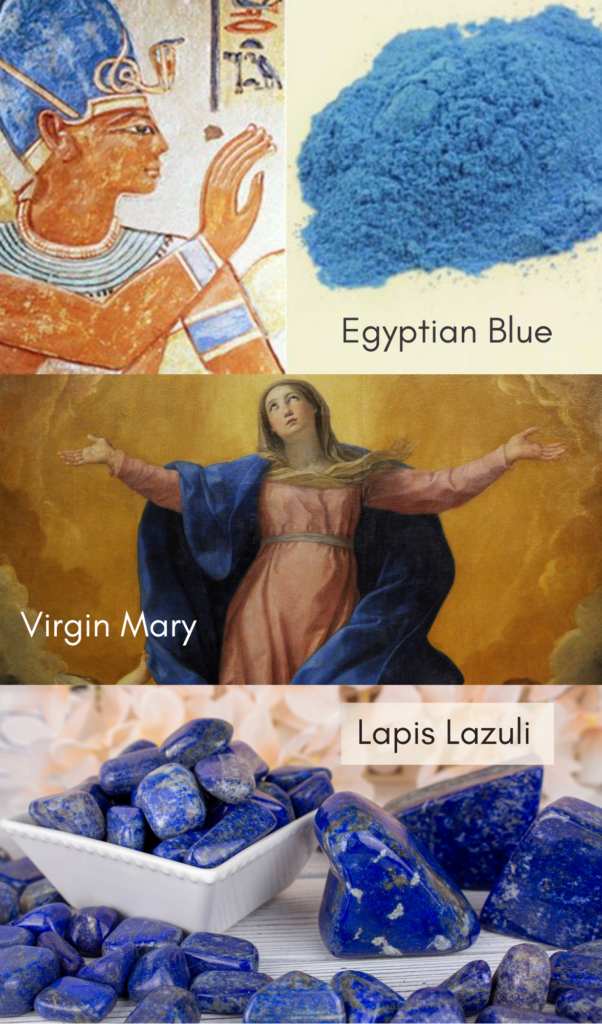
The Psychology of Blue
Blue comes in many different shades ranging from pale pastels to deep sapphires. Each of these tones elicits a different emotion, which means not all blues are perceived the same way.
A great way to explain this is by imagining a clear summer sky or calming waters. The light blue feels peaceful and serene, right? Now imagine the same blue colour getting darker and darker, dramatically changing the scenery. The skies are now stormy and waters rage, changing the blue from bright & jolly to deep & intense.
Credit: Land Of Color
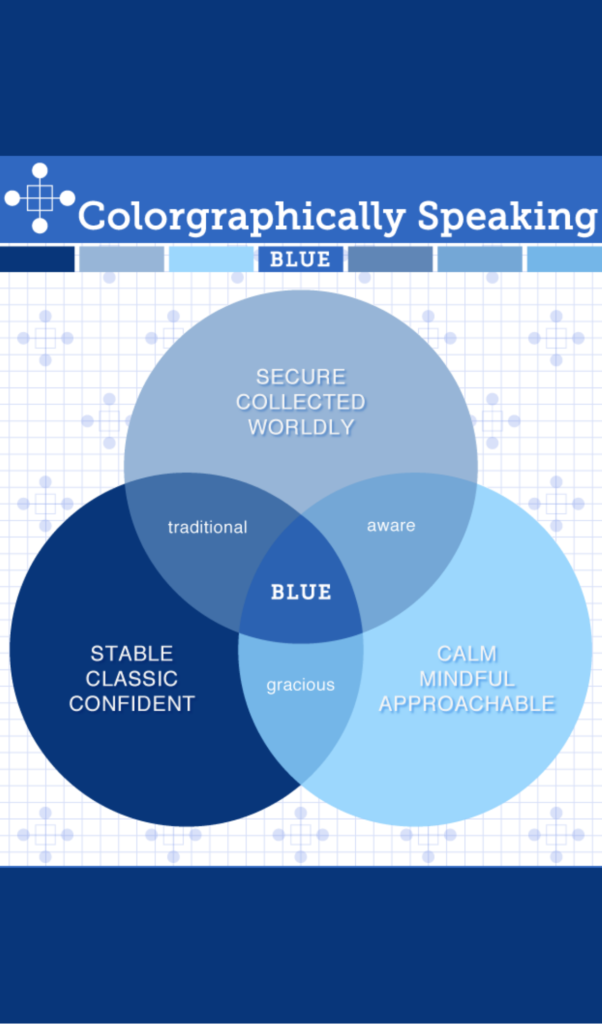
Blue in Interior Design
Whether it’s used as a focal point or just as an accent, blue décor is guaranteed to add an element of interest to any room.
Styling with the deep and vivid shades like royal or navy-blue creates more of a luxe & elegant look, while the brighter and lighter hues like powder blue, mint or teal are associated with playfulness, which is why we use them mostly in children’s bedrooms.
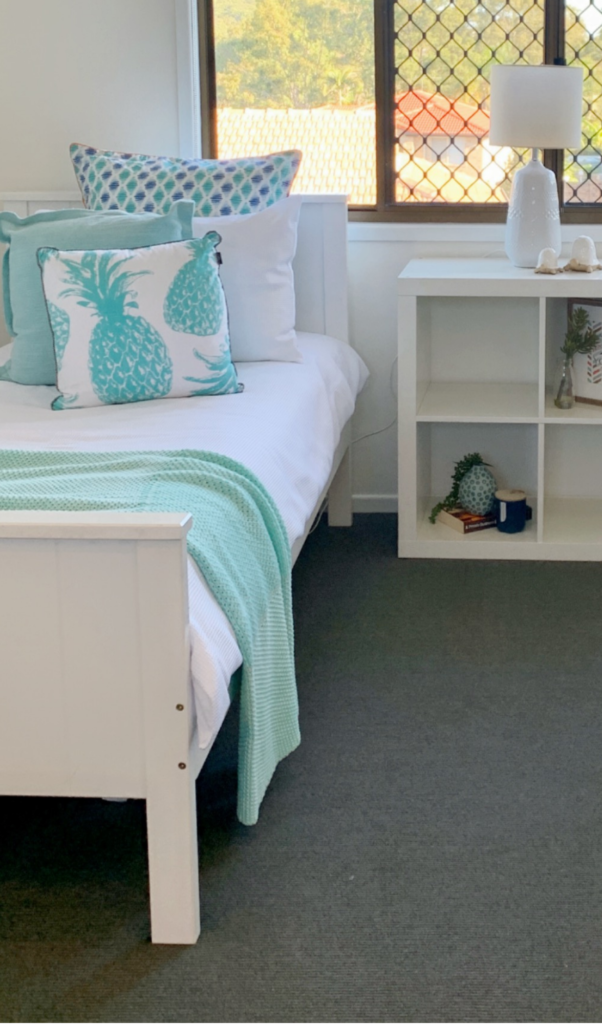
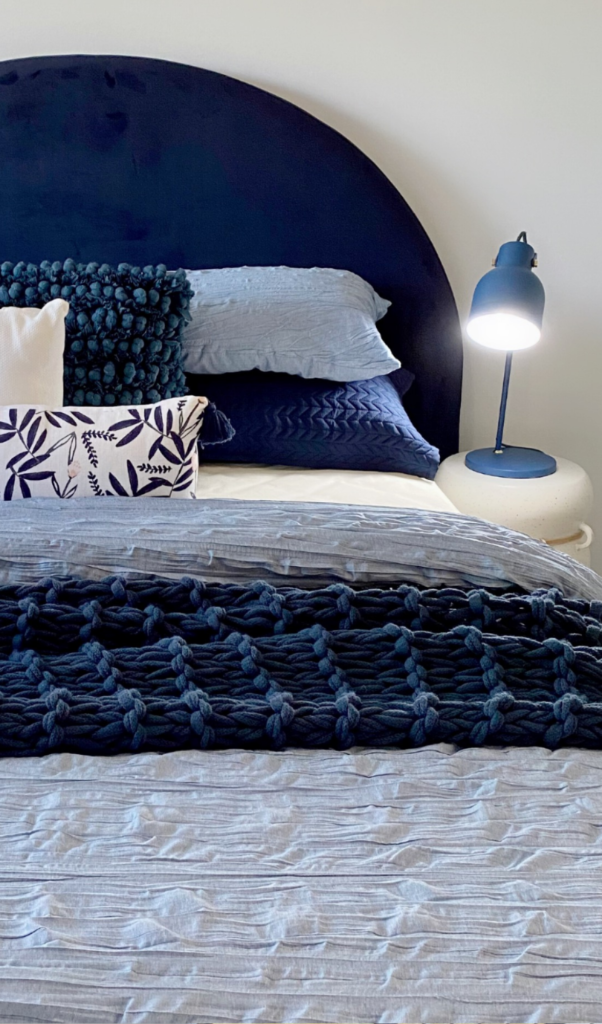
There are lots of different Interior Design styles, but we’ve decided to pick our three absolute favourites when it comes to Styling with Blue.
1. Coastal Style
As the name suggests, a Coastal Style home is where the beach meets the sea.
Featuring lots of oaks and whites to resemble that sandy natural look, in combination with pops of blue representing the colour of the ocean is what gives the Coastal Style the quintessential #beachvibes.
We love this design for its relaxed ambience and the subtle, yet eye-catching look.
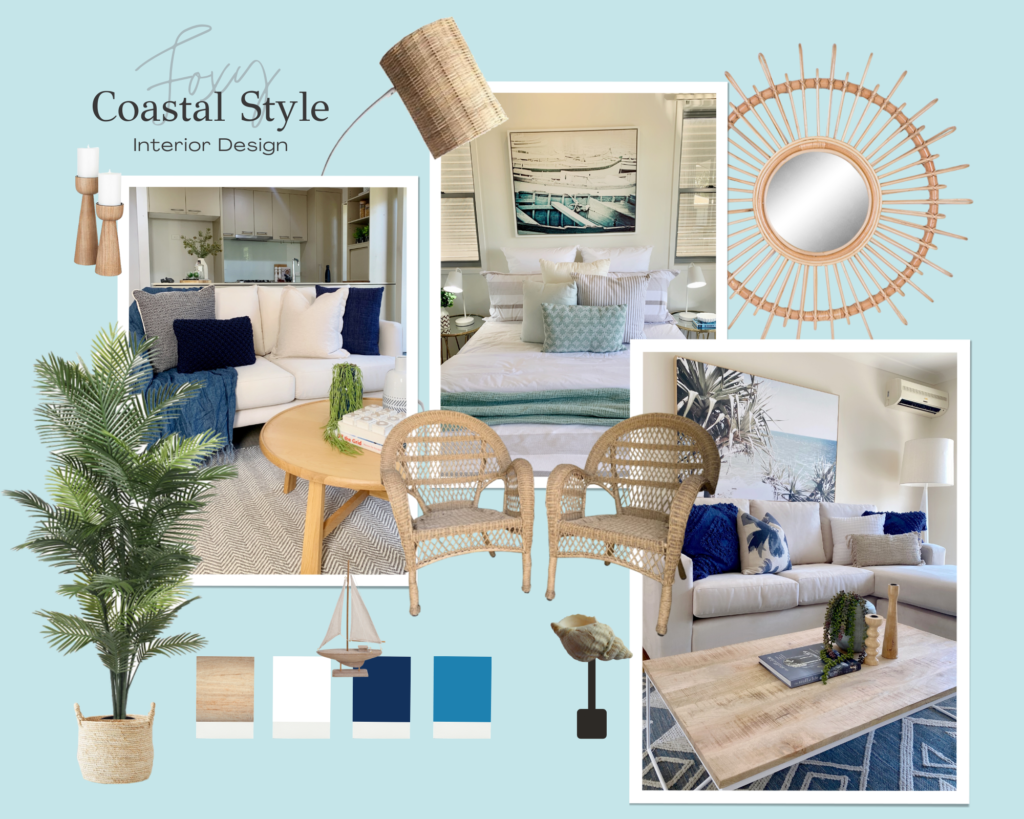






2. Hamptons Style
Named after the New York’s affluent suburb of Long Island, the Hamptons are known for their wealthy residents and iconic multi-million-dollar mansions.
Hamptons as an Interior Design is made up of many elements working together to create an elegant & luxurious, yet relaxed look. Because of its location and history of fishing settlements, the Hamptons Style adopted an element of coastal style as well.
Featuring high-end styling pieces, lots of detailed ornate decorations and lush components, the Hamptons as an Interior Design represents status and wealth.
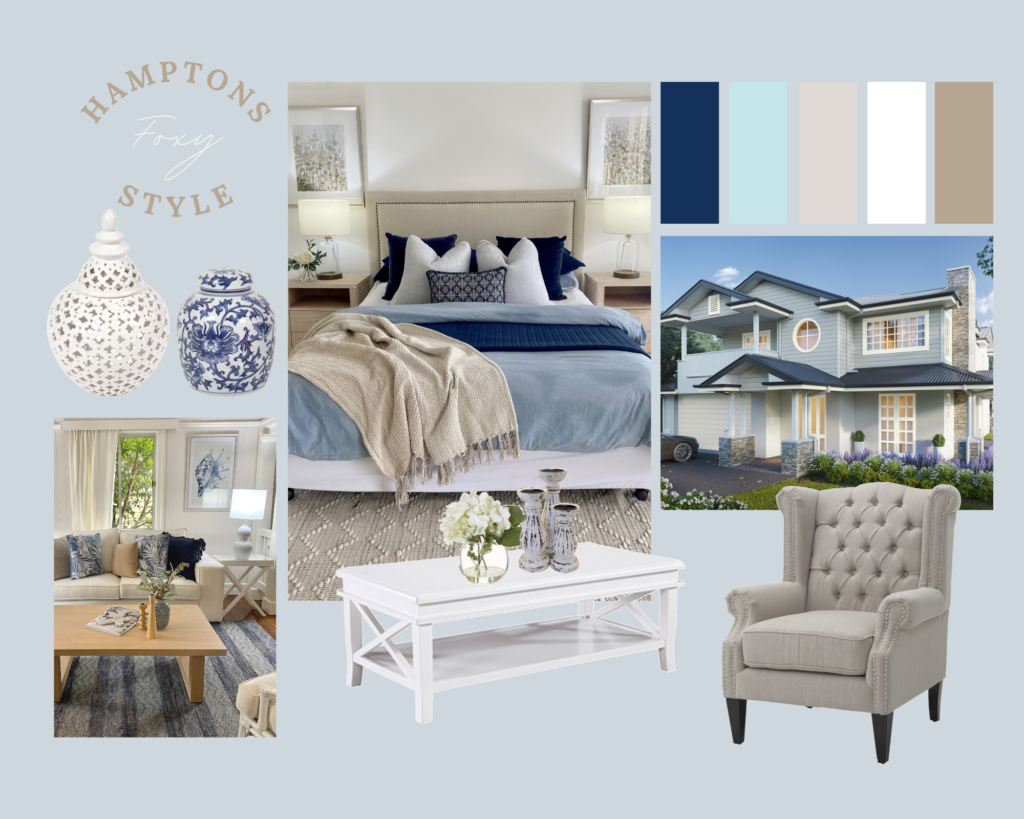
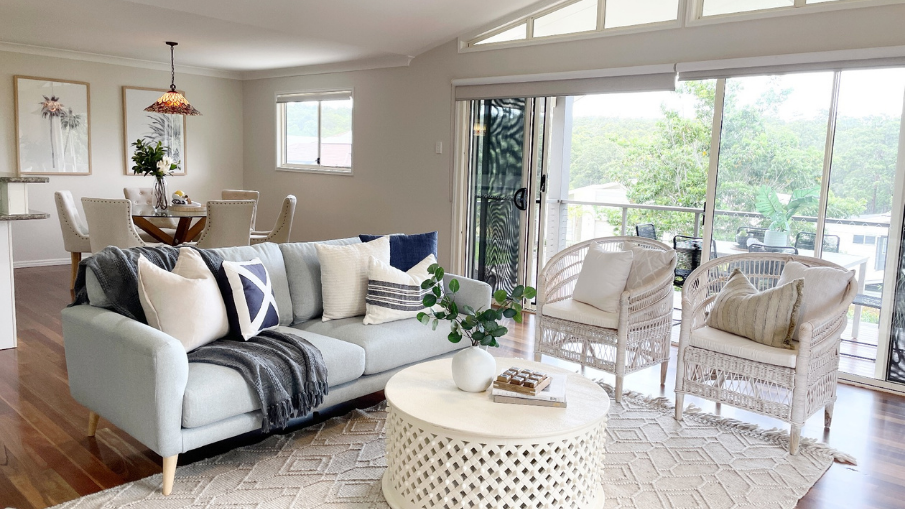
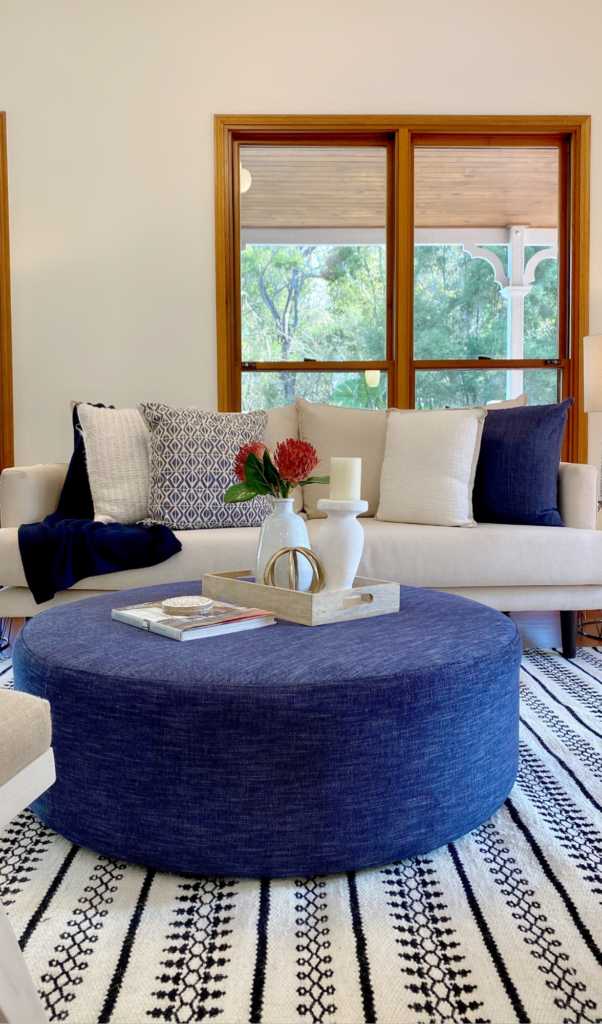


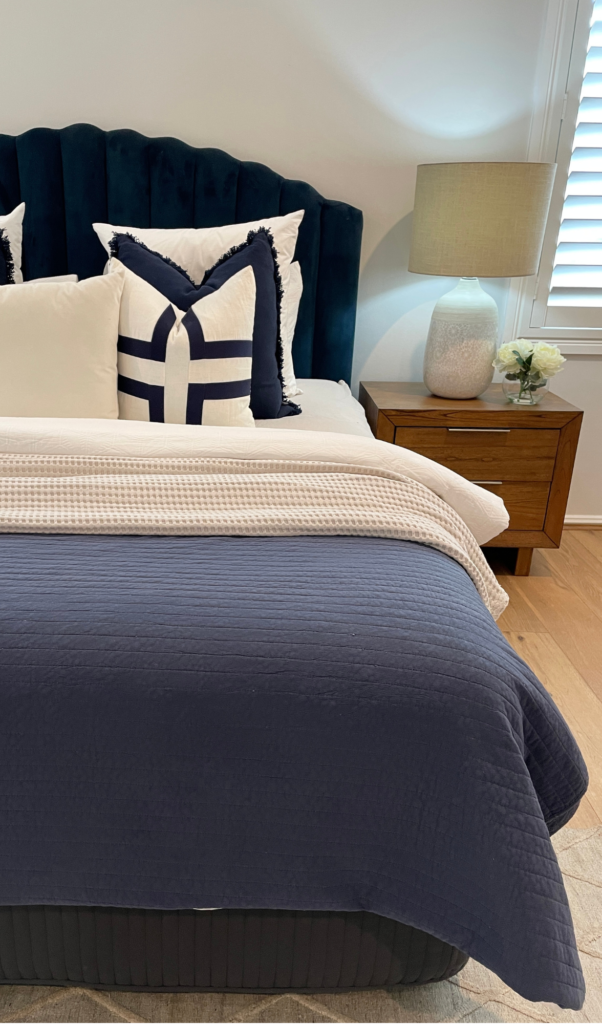

3. Moody Blues
Stylish, contemporary, and trendy. This Interior Design comes in many variants, which creates a unique look every time. Don’t let the name fool you though, the “moody” dark shades of blue can still have a sense of playfulness when combined with pops of bright colours.
Adding some black features to moody blues contributes to a modern industrial look, while any whites or greys steer this design in a more bougie direction.
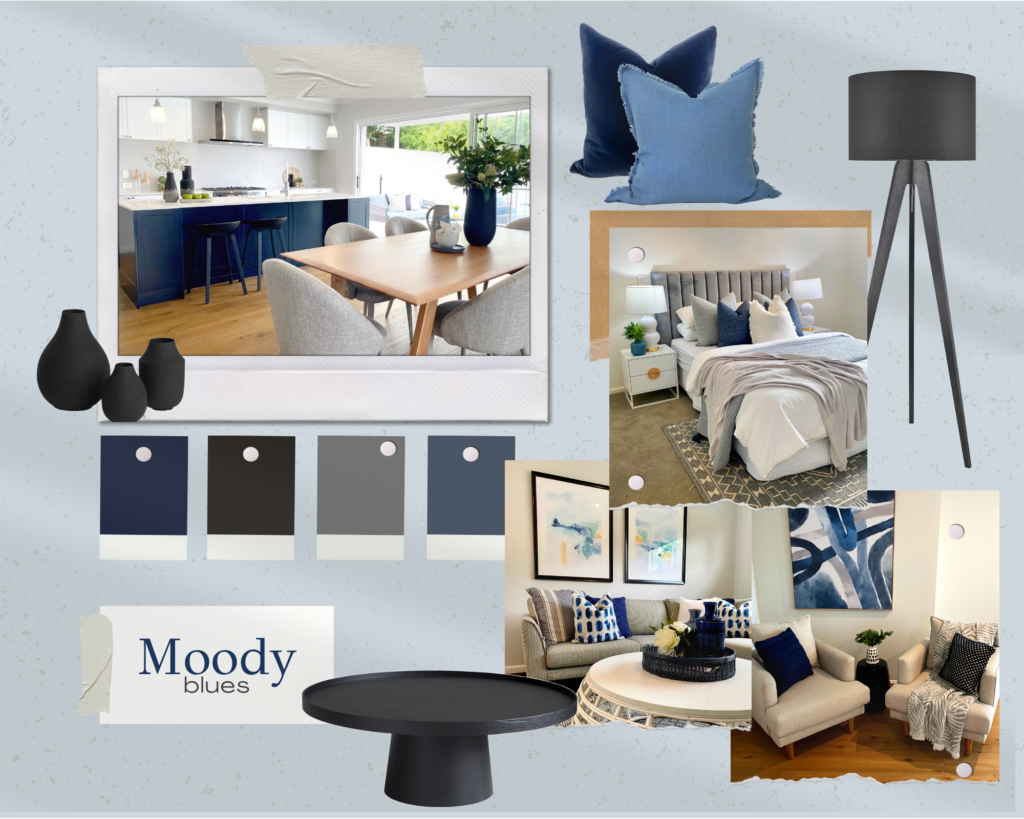

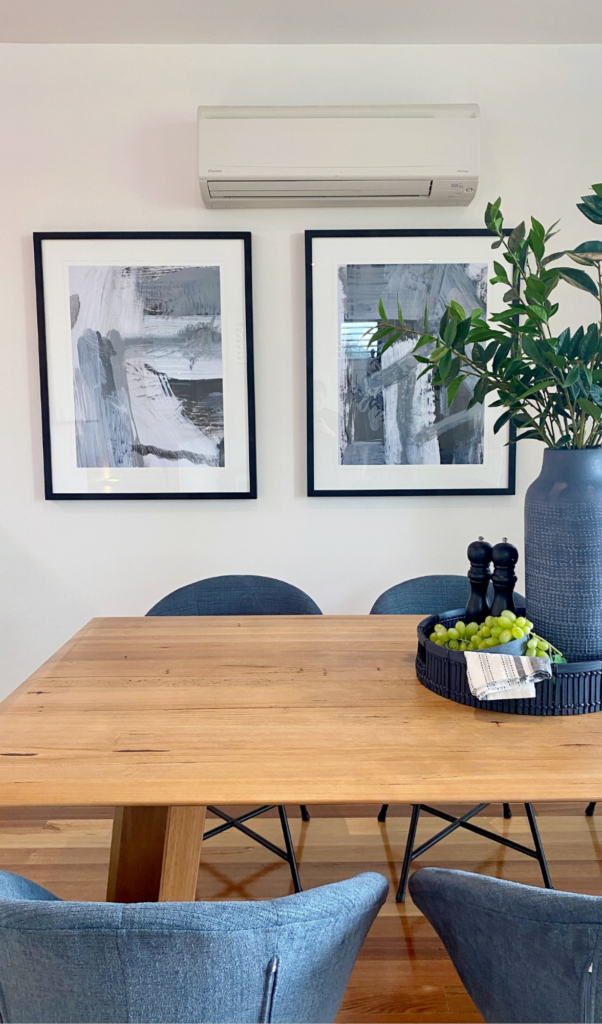
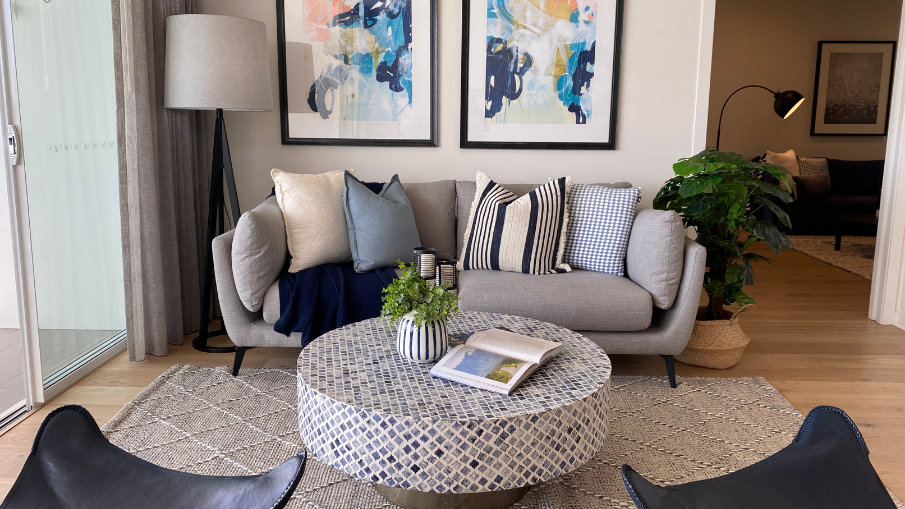
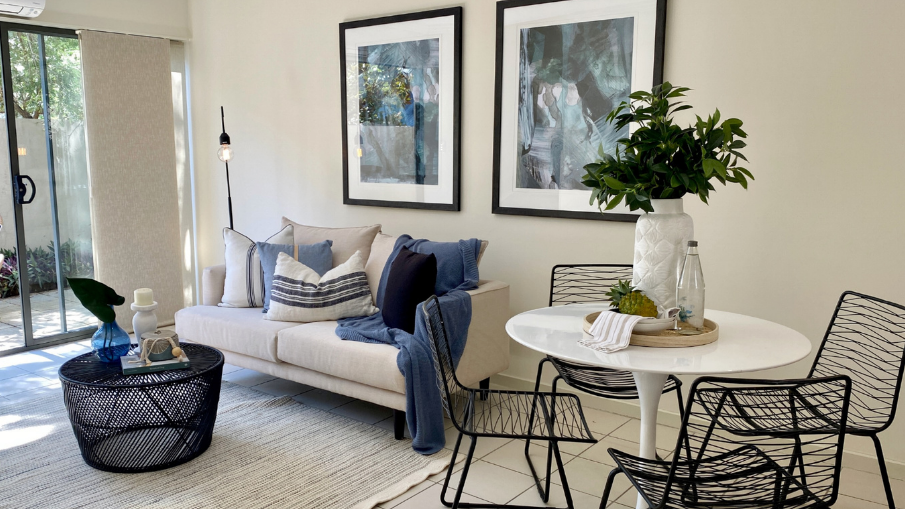
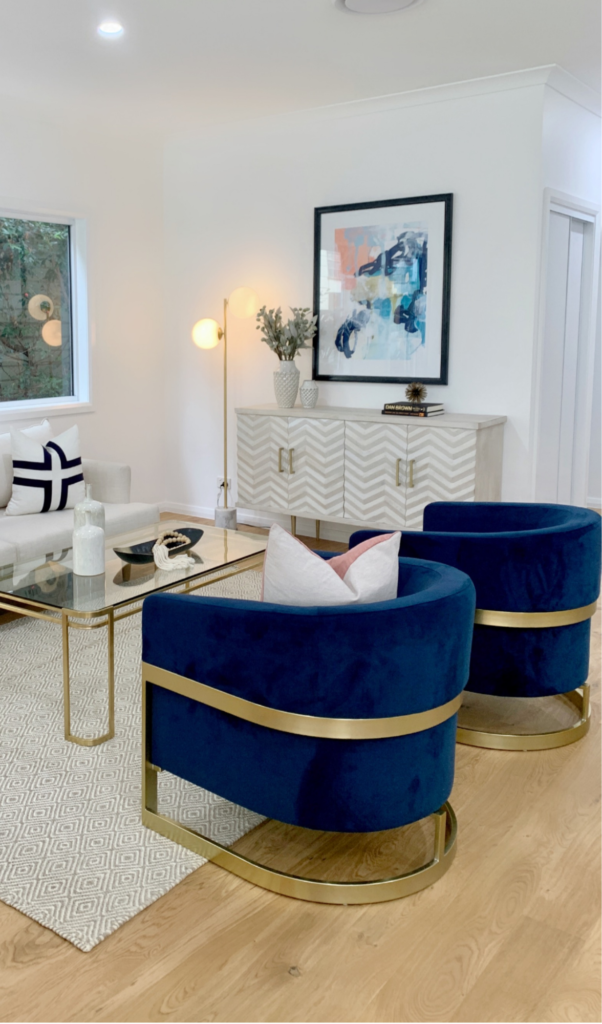

Thank you for reading!
Follow us for more property styling tips & tricks on Facebook, Instagram or watch our Youtube Channel!

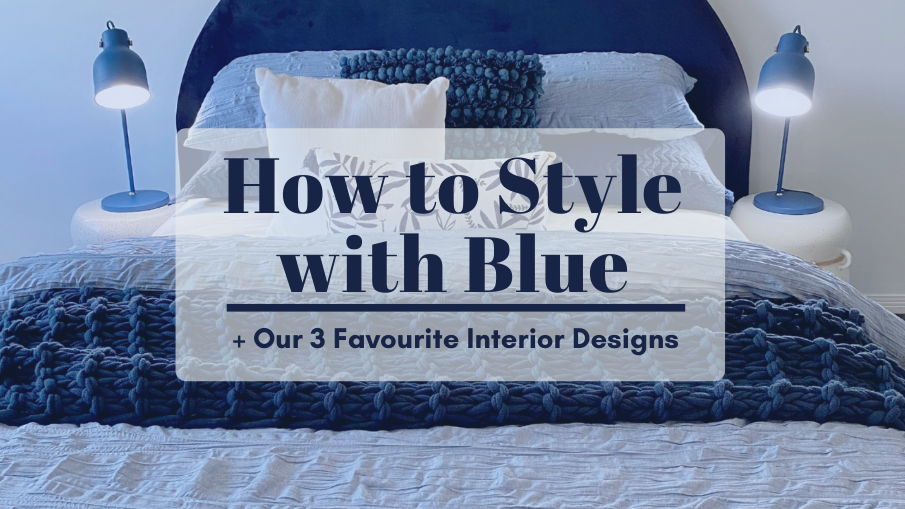
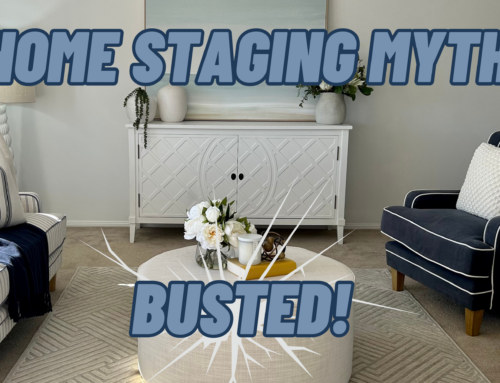
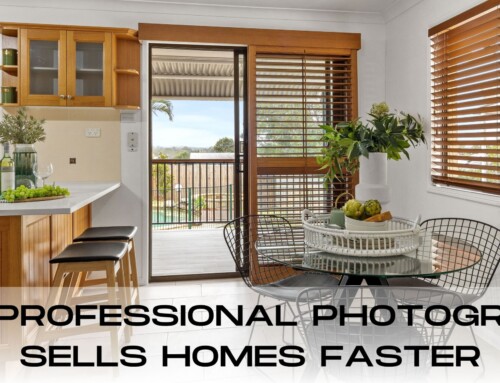
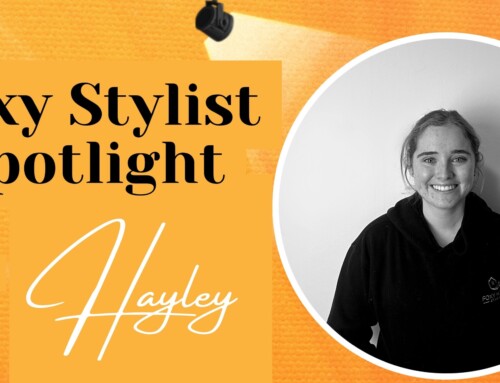
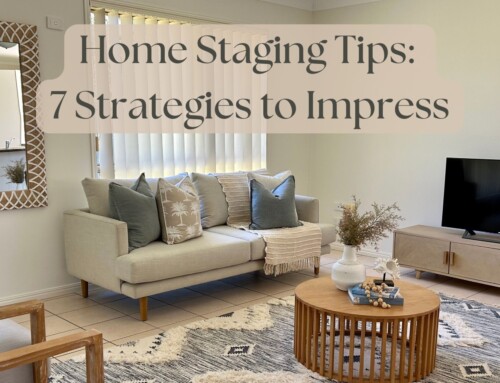
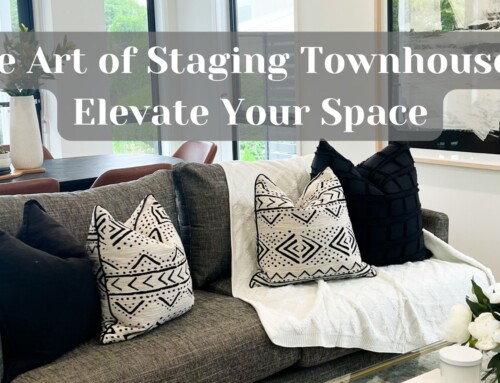
Facebook Comments